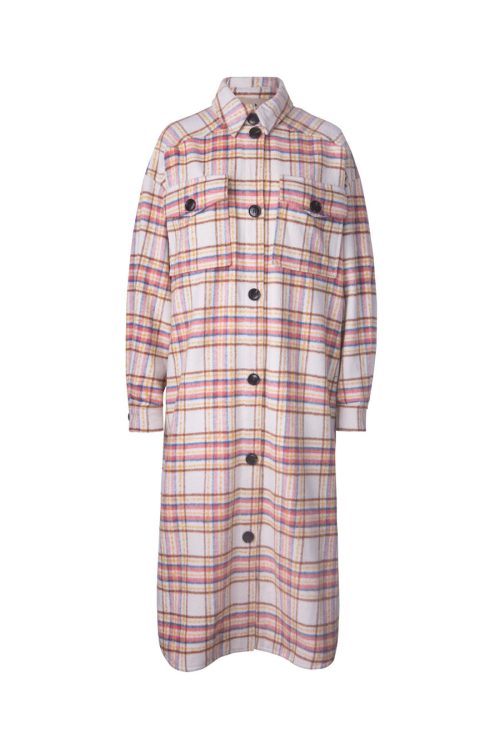
The concept of mass production in the clothing industry has revolutionized how we approach fashion, making it possible to produce large quantities of garments at unprecedented speeds. This evolution has not only made clothing more accessible but has also significantly impacted the global fashion industry by introducing economies of scale, reducing costs, and making fashion trends more quickly available to the masses.
Technological Innovations in Clothing Production
Cutting-Edge Machinery and Automation: The advent of technologies such as computer-aided design (CAD) and automated cutting machines has streamlined the manufacturing process, reducing the time and labor required to produce garments. These innovations allow for precise cutting, consistent stitching, and overall improved efficiency, enabling factories to meet the growing demand for clothing worldwide.
Sustainable Practices in Mass Production: As environmental concerns become more prominent, the clothing industry is seeking ways to incorporate sustainability into mass production. This includes using eco-friendly materials, reducing waste through efficient design and manufacturing processes, and recycling fabrics.
The Role of Supply Chain Management
Streamlining Operations for Efficiency: Effective supply chain management is crucial in mass production. It involves coordinating with suppliers, manufacturers, and distributors to ensure that materials and finished products move smoothly from one stage to the next, minimizing delays and reducing costs.
Global Sourcing and its Advantages: Sourcing materials and labor from different parts of the world allows clothing manufacturers to take advantage of lower costs and specific regional expertise, further optimizing the production process.
Quality Control in Mass-Produced Apparel
Ensuring Consistency Across High Volume: Maintaining quality in mass-produced clothing is a significant challenge. It requires rigorous testing of materials, continuous monitoring of the production process, and strict adherence to quality standards to ensure that each garment meets the brand’s requirements.
Balancing Cost and Quality: Finding the right balance between cost and quality is essential for manufacturers. While it’s important to keep production costs low to offer competitive prices, compromising on quality can affect the brand’s reputation and customer satisfaction.
Mass Production and Fashion Trends
Quick Response to Market Demands: The ability to quickly produce and distribute clothing allows manufacturers to respond rapidly to changing fashion trends, keeping consumers engaged and interested in new collections.
Customization and Personalization in Bulk Production: Advances in technology are making it possible to offer customized options in mass-produced clothing, allowing consumers to select from various colors, styles, and sizes without significantly impacting production time or cost.
The Future of Clothing Mass Production
Innovations on the Horizon: The future of clothing mass production looks promising, with ongoing advancements in technology and sustainable practices. Innovations such as 3D printing and smart textiles are expected to further transform the industry.
Ethical Considerations and Sustainability: As consumers become more conscious of the environmental and social impact of their clothing choices, manufacturers are being pushed to adopt more ethical and sustainable practices. This includes ensuring fair labor practices, reducing the carbon footprint of production, and moving towards a more circular fashion economy.
Conclusion
Clothing mass production stands at the crossroads of tradition and innovation, balancing efficiency with quality and cost-effectiveness with sustainability. As technology advances and consumer expectations evolve, the industry is poised for further changes, promising a future where fashion is accessible, sustainable, and responsive to global trends.




